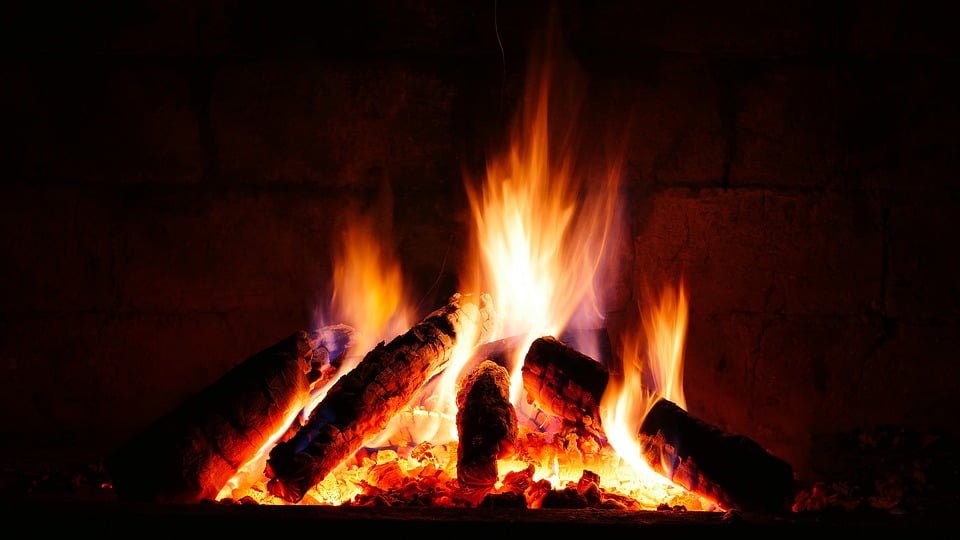December start of winter in the Northern Hemisphere. While still several months away, you should use this time as an opportunity to stock up on firewood. When winter arrives, you may find yourself building fires — either in the Wood-burning stoves inside your home or outside in a fire pit — to stay warm. According to a report by CNBC, 2.5 million American families use wood-burning fires as their primary heating method during winter. But whether you rely strictly on wood-burning fires to stay warm or plan to use a supplemental method like central heating, you might be wondering how much firewood you’ll need for winter.
Evaluate Your Firewood Needs
There’s no easy way to tell exactly how much firewood you’ll need for winter. Some people only use their fireplace or fire pit once a week, whereas others use them every night. Therefore, you should begin by considering how frequently you build fires. If you intend to build a fire every night as your home’s primary source of heat, you’ll obviously need more than you would building a fire once a week.
You should also consider how much firewood you go through in a typical day or night. Larger fires generally consume more firewood than smaller fires. As a result, you can conserve firewood this winter by building smaller fires. Keep in mind, however, that the size of a fire will directly affect the amount of heat it produces. The bigger a fire, the more heat it produces. Try to find a balance by using a limited number of medium-sized logs to build small, efficient fires.
Avoid Burning Firewood Chips or Chunks for Heat
You’ll get more bang for your buck this winter by burning logs of firewood rather than chips or chunks. Firewood chips and chunks are perfect for grilling and smoking food, but they burn too quickly to provide sustainable heat. Their small size allows them to quickly ignite and burn. To make your firewood last this winter, stick with logs and only use chips or chunks if you are cooking.
Choose Hardwood Firewood for Winter
In a previous blog post, we discussed the differences between hardwood and softwood. Basically, hardwood comes from a deciduous tree, while softwood comes from a coniferous tree. Both types of wood can be used to build and maintain fires. Of the two, however, hardwood is preferred for several reasons. First, hardwood produces more heat when burned, making it an ideal fuel source for your home’s heating needs. Second, hardwood burns longer than softwood, allowing you to save money. And third, hardwood produces less smoke when burned than softwood. For these reasons, it’s recommended that you choose hardwood to heat your home this winter.

Will a Cord of Firewood Last the Winter?
In most homes, a single cord of firewood should be more than enough to keep you warm all winter long. A full cord is defined as a neatly arranged stack of logs that’s 8 feet wide, 4 feet tall and 4 feet deep. Assuming the firewood has been properly seasoned, a single cord can weigh up to 2 tons. So, even if you build fires on a daily basis, this should cover your home’s heating needs during winter. Just remember to choose high-quality, well-seasoned firewood so that it burns hot and efficiently.
Will a Face Cord of Firewood Last the Winter?
A full cord is a lot of firewood, which is why some homeowners and families buy face cords. A face cord is a stack with the same height and width as a full cord but with a different depth. While a full cord is 4 feet deep, a face cord’s depth is the length of its logs, which is usually about 16 to 18 inches. Measurements aside, a face cord is about one-third the amount of firewood as a full cord. Depending on the size of your home and the frequency at which you build fires, a face cord may last anywhere from one to three months.
Buy Extra In Case of Emergency
You can never have too much firewood, especially during winter. If you run out of firewood, you can use your home’s furnace or central heat to keep warm. This is only an option, however, is you have power. Winter storms can topple trees and bring down power lines, preventing you from using any of your home’s electrical systems unless you have a backup generator. With a surplus of firewood, you don’t have to worry about power outages creating a bitterly cold climate inside your home. When the power goes out, you can build a scorching-hot fire in your fireplace until the lights turn back on.
To stay on top of all our coupons, check: Wethrift.com/Claveberg

